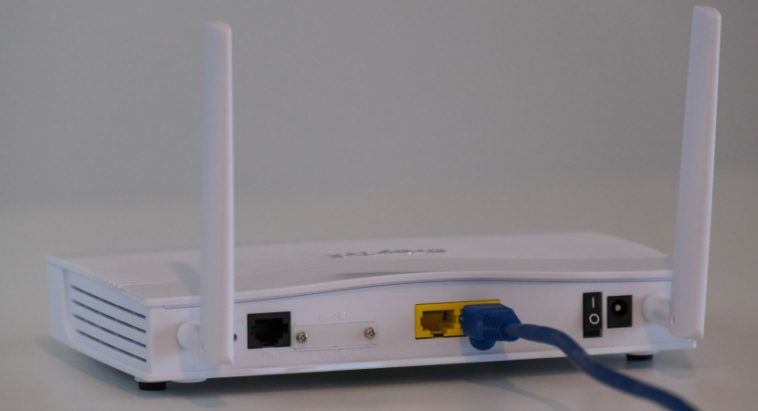Do you happen to have an old router lying around? And have you ever considered how beneficial that device can be? If that is the case, you can keep it from gathering dust in the drawer. You can have a quick read to gain some insight. It will help boost the range of the wireless network.
It is always technically possible to use your old router to extend and boost your WiFi coverage. It is one of the best possible ways if you are running short of money. Sometimes, you set a new router, but, at some point, the streaming screech to a halt. It can be an extremely frustrating experience. Hence, this simple trick will help you squeak a little more range boost.
A Compatible Router
Before you delve deep into conversion dynamics, you need to ensure that there is a compatible router at your place. You need to ensure that you can easily convert them into an extender or a repeater. Get a hold of the manual and go through the instructions to provide the same. If your old router does not support running as either of the two with the help of the manufacturer’s firmware, then there are other ways. You must look if the router is capable of using any open-source firmware. If the router is, then you can indeed use your old router as an extender successfully.
A Wireless Access Point
Your number one option can be to convert the old router into a new wireless access point. If your space is wired for Ethernet, it becomes relatively easier to supply an area with wireless connectivity that does not have it already or maybe has a weak signal. For starters, you must link your older router to the newer one. Next, connect a device to the former router. Then, you must pull up through your older router’s settings and check for some access point mode. It is also called a bridge mode. It primarily depends on the type of router that you have with you. Also, if you’re looking for the best router featuring amazing and seamless login experience, you must try out Asus router login. Here’s how you can do so.
Next, you must disable the router’s DHCP server. If you fail to do so, you are naturally committing the networking sin of running a router inside a router. It may cause more complications for whatever you plan to do on devices linked to the second router. This step is significant as it will change the IP address you use to access your router’s settings through the browser. Next, you also need to reset the router. Then, switch the Ethernet cable from the WAN port to the LAN ports. If you struggle to find your older router’s new IP address, pull up the newer router’s configuration. Then look through the section where your router lists the connected devices. You must include your old router in it. After this, you are good to go. Bear in mind to find the perfect spot to place your router wherever you have planned to expand the wireless capabilities.
It would help if you changed your password sooner for you to do something secure. Also, it is always convenient to set up the old router’s wireless networks with a similar SSID and password as your existing wireless networks.
Wireless Repeater Mode
The next option is to browse through the router’s settings to see if it has any wireless repeater or extender. You need to ensure that you have selected the correct mode. So go through the router’s manual for some help. This mode enables the older router to connect to another router via its wireless signal. You must ensure that the older router can accept connections from the devices.
A Router that is an Extender
There is a high possibility that your old router does not have an option that enables the user to use it as an extender or an access point. But before throwing it in the bin, you must know that there are chances to bend it down at your accord. All you need to do is to flash it with third-party firmware. This software with which you interact can change its settings. It also helps you unlock a variety of features that have previously been denied to you. For this, you can use either DD-WRT or Open WRT and even Tomato and Advanced Tomato. There are a plethora of options available. Hence, all you need to do is to see which firmware works best for your router. An appropriate firmware and the correct version for your router are a must. An incorrect version, on the other hand, can cause unnecessary complications and take time to fix.
Conclusion
There is no way that a standalone WIFI router can match a larger home. You are most likely to run into dead zones on more than one occasion. An old router might come in handy in this situation.




